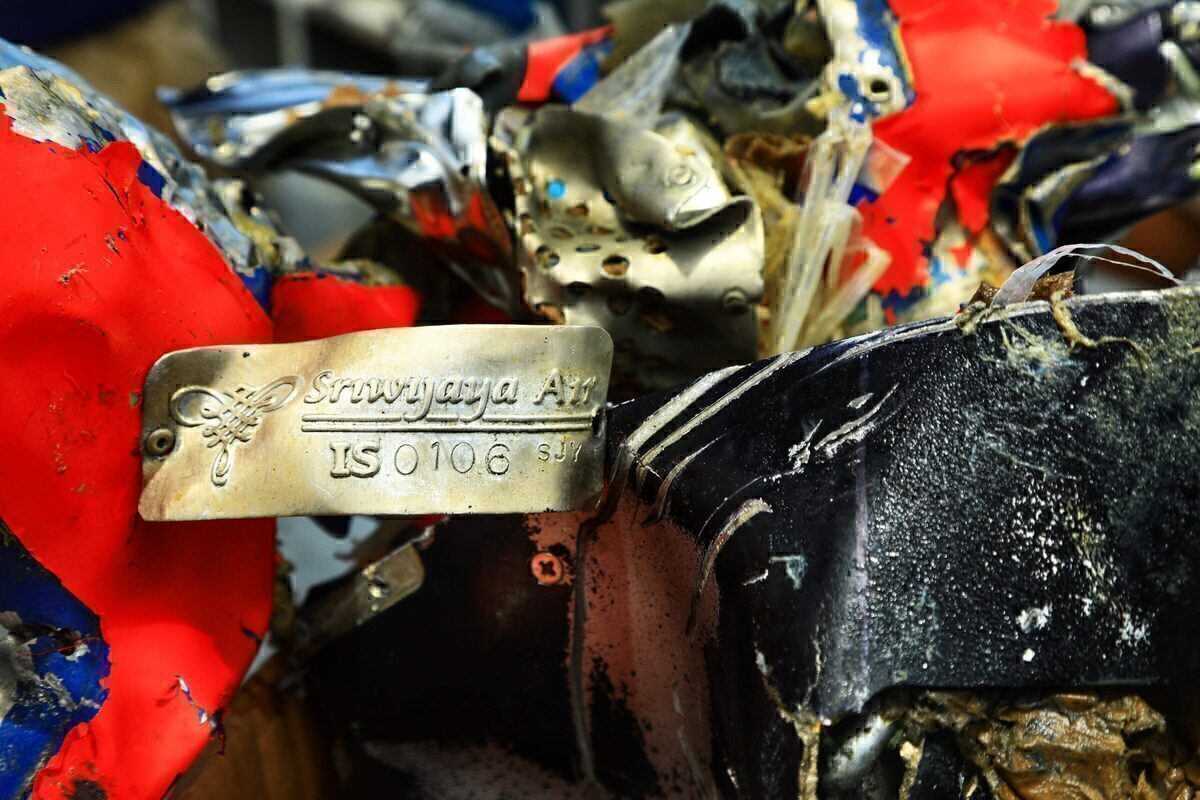Almost three months after the crash of a Sriwijaya Boeing 737 departing from Jakarta, investigators have recovered the memory unit aircraft’s cockpit voice recorder. Its casing had previously been recovered. However, the memory unit wasn’t inside, meaning that it couldn’t be used for the investigation.

On January 9th, contact was lost with a Sriwijaya Boeing 737-500 departing Jakarta for Pontianak as flight SJ182. Sadly the aircraft was lost, crashing into the sea with none of the 62 passengers or crew onboard survived the aircraft’s high-velocity impact. An initial report issued by investigators saw a focus placed on the aircraft’s autothrottle. The cockpit voice recorder data should hopefully aid investigators in getting to the bottom of the crash.
Cockpit voice recorder recovered
It seems that the investigation into the events that led to the crash of Swriwijaya flight SJ182 will be able to take a step forward shortly. The cockpit voice recorder’s memory unit was recovered by divers earlier today and brought to shore in Jakarta.
Stay informed: Sign up for our daily and weekly aviation news digests.
According to Reuters, divers recovered the box in a relatively shallow area. However, the site is reportedly very muddy with a strong current. It is expected to take up to a week for investigators to be able to listen to the recording contained on the memory unit.

According to the publication, Soerjanto Tjahjono of the Indonesia National Transportation Safety Committee commented,
“We will take CVR to lab for reading, about three days to one week. After that we’ll transcribe and match it to FDR. Without a CVR, in the Sriwijaya 182 case it would be very difficult to determine the cause.”
The two types of black boxes
Typically when a significant aircraft crash occurs, investigators are searching for two different types of black boxes. These are the CVR, or Cockpit Voice Recorder, and FDR, or Flight Data Recorder.
The cockpit voice recorder essentially records every sound made in the cockpit right up to the moment of impact. This gives investigators a clue as to what the pilots were doing, how they reacted to situations, and potentially if their actions may have contributed to the incident. The CVR can also pick up other audio hints such as warnings from systems or a bang in the case of a loud explosion.

Meanwhile, the flight data recorder looks at the actual flight of the aircraft itself. It will tell investigators crucial things such as how the engines were operating, the aircraft’s pitch and airspeed, and many other variables. When combined, the CVR and FDR can be critical tools in unlocking the mystery of an air crash.
What do you make of today’s CVR memory unit find? Let us know what you think and why in the comments!
[ad_2]
Source link


